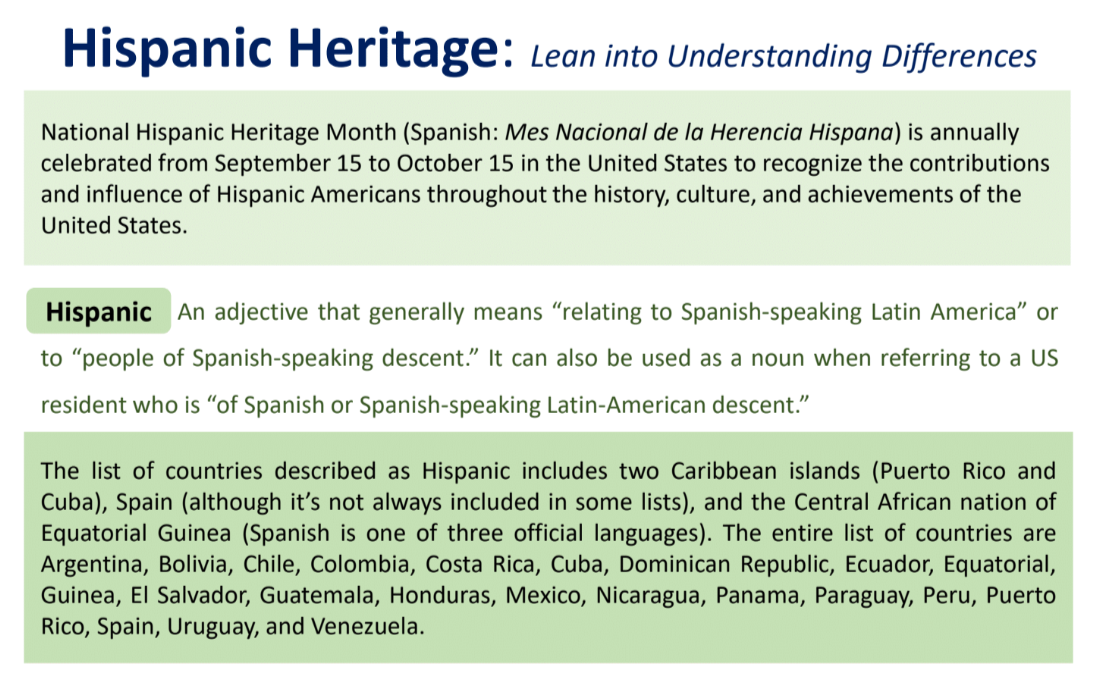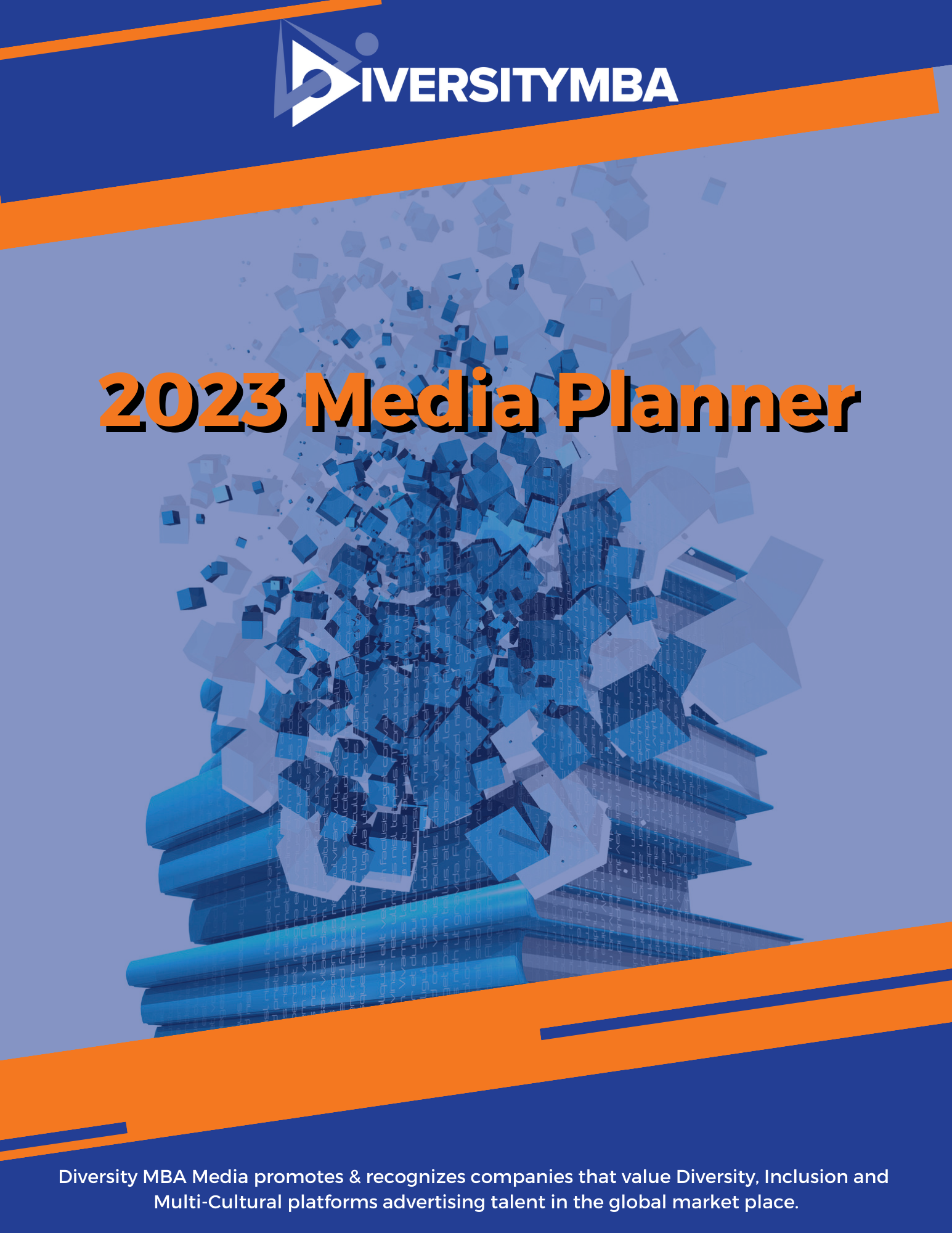The Power of Embracing
By Hortense le Gentil
How can you nurture collective alignment while encouraging diversity? When dealing with cultures, modes of thinking, backgrounds, or outlooks different from our own, creating and maintaining alignment by communicating effectively and adjusting to new circumstances or environments is particularly crucial—and challenging. It’s important to note that alignment does not mean pressuring others to think and behave the same way we do, or becoming someone we are not in order to fit in. Instead it involves cultivating the agility and openness to embrace, foster, and leverage diversity.
This agility has become an imperative for leaders. Marshall Goldsmith argues that managing diversity has become one of the most important qualities leaders must have to succeed. Why? Because leaders increasingly have to think globally and facilitate partnerships. Embracing
So, why are companies that embrace diversity doing better?
Diverse Teams Tend to Result in Better Decisions and More Innovation
Learning, reasoning, and problem-solving happen in different ways for different people. Frameworks such as Myers-Briggs and dISC, for example, identify various cognitive styles, which in turn facilitate understanding across differences. In Quiet: The Power of Introverts in a World that Can’t Stop Talking, Susan Cain makes the case that western business culture, which has favored and rewarded extroversion, would benefit from embracing the many qualities that introverts bring to the table.
Diversity Relates to Innovation
IBM’s Jennifer Paylor argues that innovation comes from disrupting one’s own thinking. And what better way to do that than to collaborate with people who do not think like you? Though it may be easier and more comfortable to interact with people who think like us and have a similar background, it doesn’t stretch us outside of our box. We keep treading the same mental paths without being challenged. By contrast, being exposed to multiple cultures has been shown to boost creativity, as it allows us to consider and combine different perspectives.
Diverse Companies Are Better Able to Serve Increasingly Heterogeneous Markets
Workforces that do not reflect the diversity of their customers are unlikely to come up with products and services aligned with the people they are meant to serve. They succumb to theunconscious biases we all have, and results range from irritating to down- right dangerous. Facial recognition software, for instance, has been shown to work far better on white male faces than either female or darker skinned ones. Why? Largely because the software reflects the demographic characteristics of developers and the data sets they use for machine learning: one popular facial recognition dataset, for example, was found to include more than three-quarters men and more than 80 percent Caucasians. This is something Google learned the hard way when its Google Photos app, which helps users categorize and search their photos for people, places, or things, labeled darker-skinned faces as gorillas. As facial recognition software is being used for an increasing number of applications, ranging from marketing and recruitment to law enforcement, the consequences of this inherent bias could be catastrophic.
The challenges faced by women entrepreneurs is another example. The difficulties they face in male venture capitalists and investors. The problem? Surrounded by too many people like themselves, investors are not always able to recognize their own biases or grasp business opportunities that target a demographic outside of their own. In her memoir Shark Tales, real estate entrepreneur turned investor Barbara Corcoran illustrates that very challenge. As the only female investor on Shark Tank, the American television show in which entrepreneurs pitch their ideas, she was the only one to understand the potential of a medication dispenser for toddlers shaped like an elephant. She concludes in her book that her male colleagues were most likely oblivious to the challenge of giving a sick infant medicine in the middle of the night. She was the only one supporting the venture, which became very successful. In a country such as the UK, women make 80 percent of consumer purchases, yet they account for only 12 percent of executive teams in companies surveyed by global consultancy McKinsey & Company.
Fostering Diversity Helps Recruit & Retain Talent
Leaders committed to hiring a diverse workforce can fish in a much bigger talent pond. Furthermore, a broader range of recruits feels at home in more diverse companies, which in turn improves their satisfaction and desire to stay. A 2017 Gallup survey revealed that fostering environments that celebrate diversity greatly improves employee engagement. Diversity is particularly valued among younger generations: almost half of millennials consider diversity and inclusion important criteria when considering a potential employer.
Ultimately, CEOs who run organizations recognized for embracing people of different backgrounds see diversity not only as a business imperative but also as a moral one. They approach it as a personal mission central to their own values, often rooted in their experience of what it means to be an outsider. In other words, they are personally aligned with diversity and inclusion and why they matter, which in turn helps root these values within their organizations and align their teams too.
How important is diversity to you? Are you clear on how much you value it? What can you do to foster it around you and in your organization? Are you aware of your own biases? What are you doing to facilitate inclusion? How do you pro- mote collective alignment through diversity?
Hortense le Gentil is an Executive Leadership Coach who works with decision-makers in the business world, including many C-suite executives from Fortune 500 companies, supporting them in their development and leadership by working with them on the alignment between their personal values and their professional activities.
Prior to coaching full time, le Gentil spent over 30 years in business in various industries, working for leading multinational companies in the areas of media consulting, marketing, and advertising. She then founded and spent 10 years as CEO of an entrepreneurial start-up (in metals recycling).
Hortense is part of the MG100 Coaches, Marshall Goldsmith’s Pay It Forward project, and is a certified Marshall Goldsmith Stakeholder Centered™ Coach. She has been selected to receive a Thinkers 50 coaching award for excellence in her field. She is the author of Aligned: Connecting Your True Self with the Leader You’re Meant to Be.








